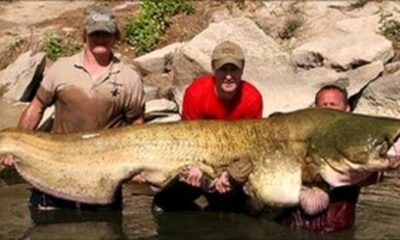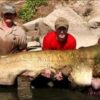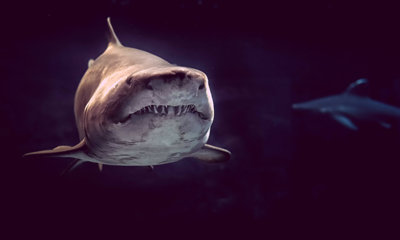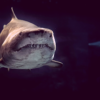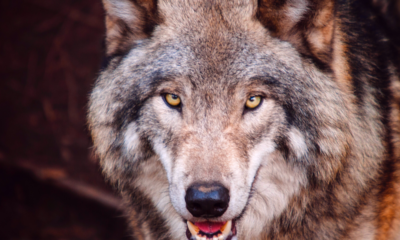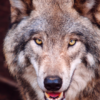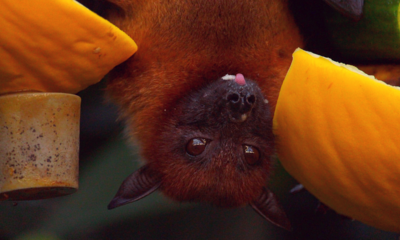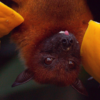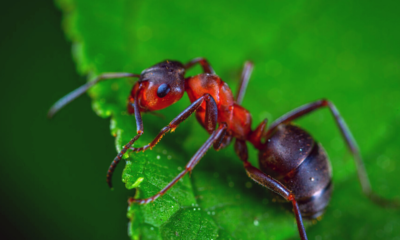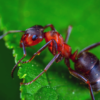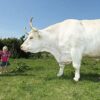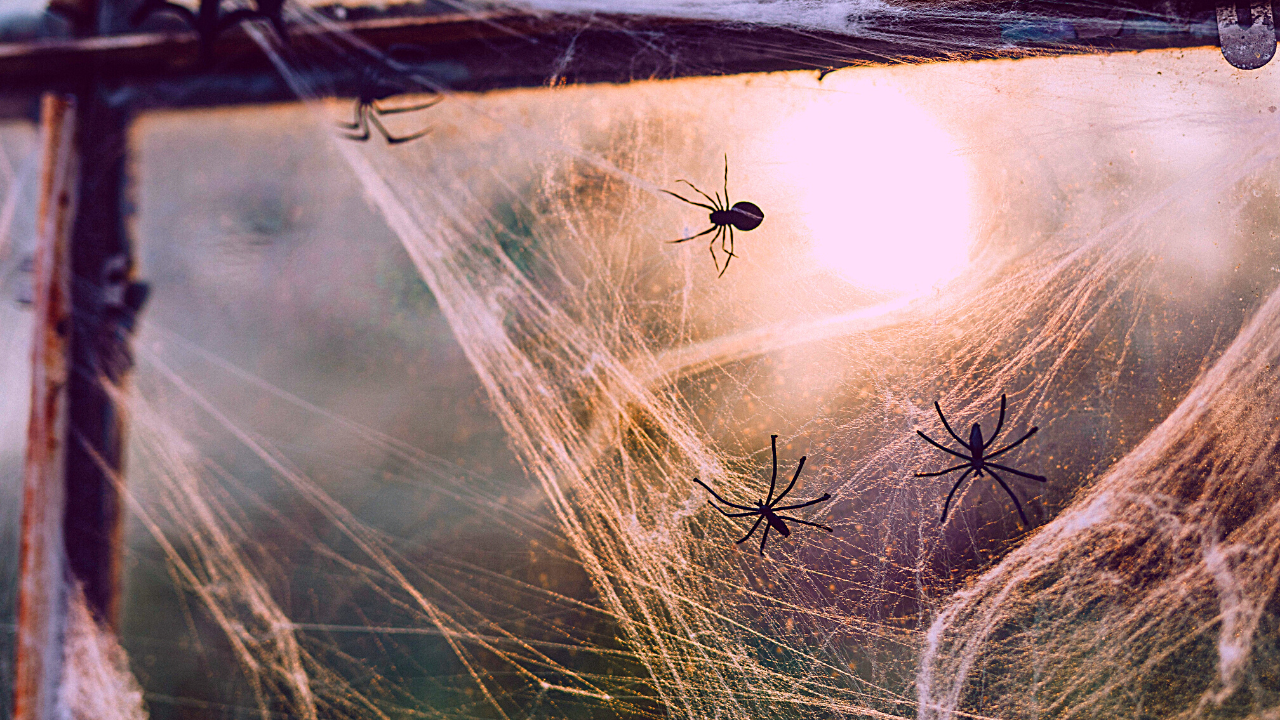
Animals
11 Biggest Spiders In Australia
From sharks and jellyfish in water to snakes and spiders on land, Australia is infamous for being home to some of the deadliest creatures in the world. While many people consider spiders to be insects, they are anarchids that are as far from insects as birds are from fish. Spiders are found in all parts of the world and there are more than 45,000 species of spiders. These creatures are considered venomous by people all around the world, but the fact remains that only a handful of these species are actually harmful and poisonous.
The spider’s body consists of two main parts – the cephalothorax and the abdomen and they create silk to weave their nests from the spinneret glands in their abdomen. Their webs are extremely strong and are used to many different uses. One of the main uses of their webs is to catch insects to eat. Other uses include laying eggs in these webs and store them in an egg sack to keep them safe.
All spiders in the world have eight legs and eight eyes. While most spiders have excellent vision, many are not able to see well and depend on what they feel when they have caught their prey. While many of us have been made to believe through horror movies that spiders build their webs in a spiral shape, that’s not completely true. Spiders have been known to build silk webs in tube shapes, funnel shapes, or dense sheets.
Did You Know?
Spider silk is amazingly lightweight: a strand of silk long enough to go all the way around the Earth would weigh less than 500 grams – that’s the same as a bag of sugar! It’s also as strong as Kevlar, the material used to make bulletproof vests.
In Australia, the bees are much more deadly than spiders! Although bees are much smaller than spiders, if you ask what’s more frightening, all the Australians will be quick to reply bees! Just within a few minutes from being stung by a bee, allergic reactions begin to take place among people. Sometimes, these allergic reactions even obstruct the air pathway of humans and lowers their blood pressure levels.
11. Redback Spider
Body Length: 1 cm
Scientific Name: Latrodectus hasselti
Location: South Australia
Also known as the Australian Black Widow, the Redback spider originated in South Australia but are now found throughout Australia, New Zealand and south east Asia. The feamle redback spiders can be easily recognised from a red or orange stripe on their back and an hourglass body and these are really venemous. The males have white markings on their upper bodies.
Measuring upto 1 cm, these spiders often display sexual cannibalism. They are usually found in places which are warm and most coomonly in human residences in Australia. They love to eat insects, spiders and other small vertebrates that get trapped in the silky webs.
Often while hunting for food, these spiders eject a splurge of liquid upon the prey, which immobilises it. In the next step, these spiders wrap the prey’s limbs with silky web and then drags it into its web. Sometimes, these spiders also inject their prey with venom before wrapping it in silk and sucking out its liquified insides!
When humans are bitten by these spiders, they experience severe pain, sweating and swelling. Other symptoms include vommitting, nausea, restlessness, high blood pressure levels and in severe cases, respiratory system also fails to work! In such cases, an anti venom is administered to the patient to save their lives.
10. White-Tailed Spider
Body Lenght: Upto 1.8 cm
Scientific Name: Lampona cylindrata
Location: Southern and Eastern Australia
Native to southern and eastern Australia, the white-tailed spider has been named so because they have a white stripe on their backs. They dwell beneath rocks, in tree barks, leafy litters, and in human residences.
These spiders are night-hunters and they creep out of their burrows during the night in search of their prey, which includes other spiders mainly. Some of the spiders they love to eat are curtain-web spiders, daddy-long-legs spiders, Redback spiders, and the black house spiders.
A lot of horrifying myths and false evidence have been attributed to the white-tailed spiders. One such evidence is that the bites of these spiders can cause severe necrotic ulcers. In 2003, a book to dispel the stigma associated with this spider was written but no amount of awareness has been able to eradicate the false evidence surrounding this flesh-eating monster.
In reality, if anyone gets bitten by this spider, the sting is similar to that of a bee. It causes a burning sensation and slight swelling and red mark in the local area.
9. Sydney Funnel-Web Spider
Body Length: 1.5 cm to 5 cm
Scientific Name: Atrax robustus
Location: Eastern Australia
With a body length ranging from 1.5 cm to 5 cm, the Sydney Funnel-web spiders are native to eastern Oz and are usually found within 100 km radius of Sydney. These spiders are quite large and have huge rearward-facing fangs that are capable of even piercing through fingernails! One Sydney funnel web male spider reached a length of 10 cm and was named ‘Big Boy’ by the Australian Reptile Park.
Considered highly aggressive spiders, the males and females have a glossy and dark body with shades of black, brown and dark-plum. These spiders hide in their burrows until they see prey and usually feed on snails, small lizards, beetles, and cockroaches. Once caught, they return to their burrows to enjoy the scrumptious meal.
Sometimes the funnel-web spiders enter homes and get trapped in there. Although these spiders possess the most toxic venom, their bites are not life-threatening to humans. The bites of juvenile and female spiders is much less poisonous and contrary to the popular belief of them jumping onto or chasing people, these spiders are quite calm in nature.
8. Northern Tree Funnel-Web Spider
Body Length: 1 cm to 5 cm
Scientific Name: H. formidabilis
Location: East Coast and highlands of Australia
With a length of up to 5 cm, the northern tree funnel-web spiders pose a potential threat to humans. These a big, hairy and scary creatures, and when confronted, it rears up to display its venomous fangs! They dwell inside the hollow spaces of trees and other rotten cavities and mainly eat small vertebrates and large invertebrates.
These spiders live in the moist forest regions of the east coast and highlands of Australia from Tasmania to north Queensland. Deep inside the forests, they find shelter under rocks and rotting crevices in rough-barked trees. These spiders just love humidity and dry weather conditions are least favorable for them, which is why they have to come out of their burrows.
These spiders have an overall brown body and just like other spiders of their family, they also build funnel-shaped webs to trap their prey. If attacked, the northern tree funnel-web spiders waste no time in attacking their enemy and immediately inject venom with their fangs.
This venom has been known to cause life-threatening symptoms in humans. Their bites have caused envenomation symptoms in five of a total of eight cases and occur within 15-20 minutes of the sting. Other symptoms include vomiting, nausea, hypertension, and localized pain.
7. Recluse/Fiddleback Spider
Body Length: 2 cm
Scientific Name: L. reclusa
Location: Oz
With a body length of 2 cm, the Recluse spider has been nicknamed as the fiddleback and violin spider because of its characteristic dark violin-shaped marking on top of its body. As the age of the spider increases, this violin-shaped dark marking also intensifies. While almost all spiders have eight eyes, the recluse spiders have six.
Found in many parts of the world and mainly in the USA, these spiders have also established themselves in Australia. Although not many deaths have been recorded from the bite of this spider, it can cause severe skin necrosis and can be fatal among people. Other symptoms include nausea, fever, chills, skin turning purple, ulcers and in very rare cases, people even go into a coma! It normally takes 6-8 weeks to heal completely from the bite of this spider.
The recluse spiders find shelter underneath rocks and in boxes, clothes, beds, and shoes. Unlike other spiders who use their webs to catch the prey, these spiders hide themselves from their enemy in these silky webs.
6. Trap Door Spiders
Body Length: 3 cm
Scientific Name: Ctenizidae
Location: Eastern Australia
Trapdoor spiders are found in eastern Australia, especially in coastal and highland regions of New South Wales and Victoria. These are medium-sized spiders that construct their burrows with cork-like doors made of soil, vegetation, and silk. The burrows provide protection to the spiders from other predators and they start building these burrows right from their birth.
These spiders have a very unique set of legs which helps them in constructing these burrows. Once they have finished building the tunnel, it is strengthened with a mixture of earthy materials like soil and vegetation which is then further reinforced with saliva. In the next step of protecting themselves, the trapdoor spiders add a layer of silk in one piece. The trapdoor is built with the webbing and the earth around the burrow.
These spiders are around 3 cm long and can even reach lengths of upto 4 cm at times. They possess eight eyes and the colour of their body ranges from yellowish brown to reddish brown. These spiders have 8 legs that are thick and short, 2 fangs and 2 body parts which are the abdomen and the thorax. The trapdoor spiders have very powerful fangs which they use to stab and bring down their prey.
Despite their huge size and scary appearance, these spiders are kept as exotic pets by people. It is a known fact that trapdoor spiders are very aggressive and should only be kept by highly experienced people.
The world’s longest-lived trapdoor spider named Number 16 lived for a massive 43 years, tending to its burrow during its entire lifetime! She died in 2018, protecting her burrow from predators because once these spiders mature, they are unable to build their burrows at such a mature age. Number 16 was dwelling at North Bungulla Reserve in southwestern Australia. According to National Geographic, Number 16 definitely offers a life lesson on sustainability.
5. Wolf Spider
Body Length: 3.5 cm
Scientific Name: Lycosidae
Location: All across Oz
The wolf spider also goes by the name of a ground or hunting spider. Reaching a length of up to 3.5 cm, the wolf spider is usually dark brown in colour and has a long, broad, and hairy body with strong pairs of legs. These spiders are known for their unusual arrangement of eyes – two large eyes in the middle row, four small eyes in the lowest row, and two small or medium-sized eyes in the top row.
Found all across Australia, these spiders are robust, agile, and very fast runners. In fact, wolf spiders are the only known spiders to carry their babies on their abdomen. A female wolf spider can carry as many as 100 babies tied to her abdomen until they are ready to disperse, but if she is disturbed, these babies flee in all directions. Such a high level of parental care among spiders is highly unusual and this unique pattern has become a great interest among scientists.
With their fangs, these spiders deliver only a mild venom which causes swelling or a mild fever among humans. Other symptoms include swelling, prolonged pain, dizziness, rapid pulse and nausea.
4. Common Garden Orb Weaver Spider
Body Length: 1.5 cm to 3 cm
Scientific Name: Araneidae
Location: All across Oz
The common garden orb weaver spiders are harmless and fascinating creatures that build their webs each night in the same spot and remove it before daylight. These spiders are common inhabitants of Australian gardens and their webs are in the shape of a classic round orb that is suspended in a position that is likely to be a flight path for insects.
These stout, reddish-brown or grey spiders have a leafy pattern on their fat abdomens and they also have two very noticeable humps towards the front. The camouflage of these spiders is exceptional as they hide themselves to look like little bumps on a branch. At night, these spiders grow into their full form with their legs spread wide as they sit in the middle of their web. When they find prey, they immediately attack it like lightning and fill their empty stomachs.
These spiders seldom bite and even if they do, their bite causes negligible or mild local pain, numbness, and swelling. Occasionally nausea and dizziness can occur after a bite.
3. Goliath Spider
Body Length: 13 cm
Scientific Name: Theraphosa blondi
Location: Queensland
The Goliath spider belongs to the family of the tarantulas and is one of the biggest spiders in Australia. This spider can reach up to lengths of up to 13 cm and has a fist-sized body, and is second in leg length only to the spindly Great Huntsman.
The Goliath spider gets its name from an apocryphal Victorian-era story about it consuming a hummingbird. This spider creeps out of its burrow during the night and feasts on earthworms, beetles, and toads. It also eats small rodents, bats, snakes, and lizards, and, rarely, bird eggs or young birds.
The Goliath birdeater spider showcases two types of hair defense. When this spider feels threatened, it rubs its first and second pairs of legs together. This creates a hissing sound that can be heard from 15 feet away. This method is known as stridulation and is most common in crickets and grasshoppers. In the other defense method, these spiders fling their hair (their abdomen has an array of barbed hair) onto the enemy. If these hairs get into the eyes of the enemy, it causes itching and discomfort.
Although the Goliath spider has inch-long fangs, its bite does not kill a person. However, its bite does cause a very sharp sting which is similar to a bee’s sting or someone hammering your hand!
2. Huntsman Spiders
Body Length: 15 cm
Scientific Name: Sparassidae
Location: All across Oz
With a massive length of 15 cm and being one of the biggest spiders in Australia, the Huntsman spider has been named so because of its speed and hunting style. These spiders also go by the name of giant crab spiders because of their huge size and appearance.
These spiders are usually found in warm places like Oz, Africa, Asia and other states of the USA. According to a study by the University of Florida, the Huntsman spider is presumed to have been come from Asia and many folklore stories claim that this spider came from a box of bananas, which is why it also goes by the name of banana spiders.
Unlike many spiders, the Huntsman spiders do not build webs to catch their prey but actually hunt down their prey. Being one of the largest spiders by diameter, they are often described as being the size of a dinner plate! According to the American Association for the Advancement of Science, the biggest spider by weight is probably the goliath birdeater tarantula.
These spiders are not considered dangerous by people, who actually relocate them to their gardens because they feed on insects. However, if bitten by the Huntsman spider, a cold pack relief will do its work. The diet of this huge spider includes birds, spider wasps, nematode worms, and wasps and flies.
As strange as it may sound, a man from Queensland has actually been petting this huge huntsman spider for over a year now. He also shared a photograph of this giant arachnid on the Australian Spider Identification group with the caption: “Check out this big girl. Been watching her grow over last year.”
1. Australian Tarantulas
Body Length: 16 cm
Scientific Name: Selenocosmia crassipes
Location: Queensland, New South Wales, South Australia and Western Australia
The Australian Tarantulas are the biggest spiders in Australia. They have a leg span of 16 cm, which is larger than a man’s hand. Their long and powerful fangs can grow upto 1 cm long!
These spiders are often called the whistling or barking spiders because of the sounds they produce. In these spiders, the females are usually larger than the males and they also outlive the males. While the male tarantulas die soon after mating, at the age of five nearly, the females live upto 12 years.
These spiders live in silk-lined burrows and spend their entire life there. Only during the mating season do the females come out of these burrows. These burrows are also used as a hiding place for laying the eggs. These tarantulas do not build webs with a purpose to catch their prey in it, but they actually bring own their prey by hunting them down with their huge muscular bodies.
Although these spiders are huge, their bite does not kill any person. However, if provoked, these spiders rear up and with their powerful fangs, bite into the flesh of their enemies. The fangs of a tarantula can be as long as those of a snake! People usually experience nausea and vommitting for about 6-8 hours after the bite.
Trisha Katyayan is an experienced journalist who has print-media background and loves to research, organize and curate factual information in a presentable way.


